In 2023, mastering local SEO is no longer a choice but an essential move for small businesses aspiring to thrive. Leveraging the power of local search can translate to more foot traffic, higher conversion rates, and a bolstered online reputation. Delve into our top 10 tips for local SEO, tailored explicitly for emerging enterprises:
- Embrace localized content
- Optimize for voice search
- Capitalize on Google My Business features
- Take advantage of online reviews
- Prioritize mobile optimization

With competition stiffening by the day, taking the reins and implementing these strategies can elevate your brand to unparalleled success. ⚡ Bear in mind, while SEO drives traffic, the ultimate goal is conversion. Hence, introducing Plerdy – your go-to tool for CRO & UX. It’s high time you sailed smoothly into the promising realm of local search and ensured your business captures the spotlight it truly deserves. ? Dive in, implement, and watch your business flourish. ?
What Is Local SEO?
Local SEO stands as the powerhouse for small businesses aiming to shine in their community. Unlike broader SEO strategies, local SEO hones in on reaching customers in specific areas – think of it as the art of optimizing your business for neighborhood-level visibility. Whether you run a diner in Maine or a boutique in Oklahoma, showing up in local searches is your ticket to driving foot traffic and boosting sales. Here’s a rundown:
- Geo-targeting – Tuning your content for local keywords. Example: “Maine’s Best Lobster Diner” instead of just “Best Diner”.
- Business Listings – Keeping your info consistent across platforms like Google My Business or Yelp. Virginia bakeries should match their name, address, and phone number across platforms.
- Reviews and Ratings – Encouraging happy customers to drop positive feedback. A Thai restaurant in New York, for instance, could nudge diners for reviews post-meal.
- Local Backlinks – Building relationships with nearby businesses or media can help boost your local SEO juice. Visualize a yoga studio in Seattle partnering with a local health magazine.
With these tailored tips, any small business can carve out its niche, standing tall and proud in local search results. Dive deep, refine, and let your business shine bright in its community! ⚡?
The Importance of Local SEO for Small Businesses
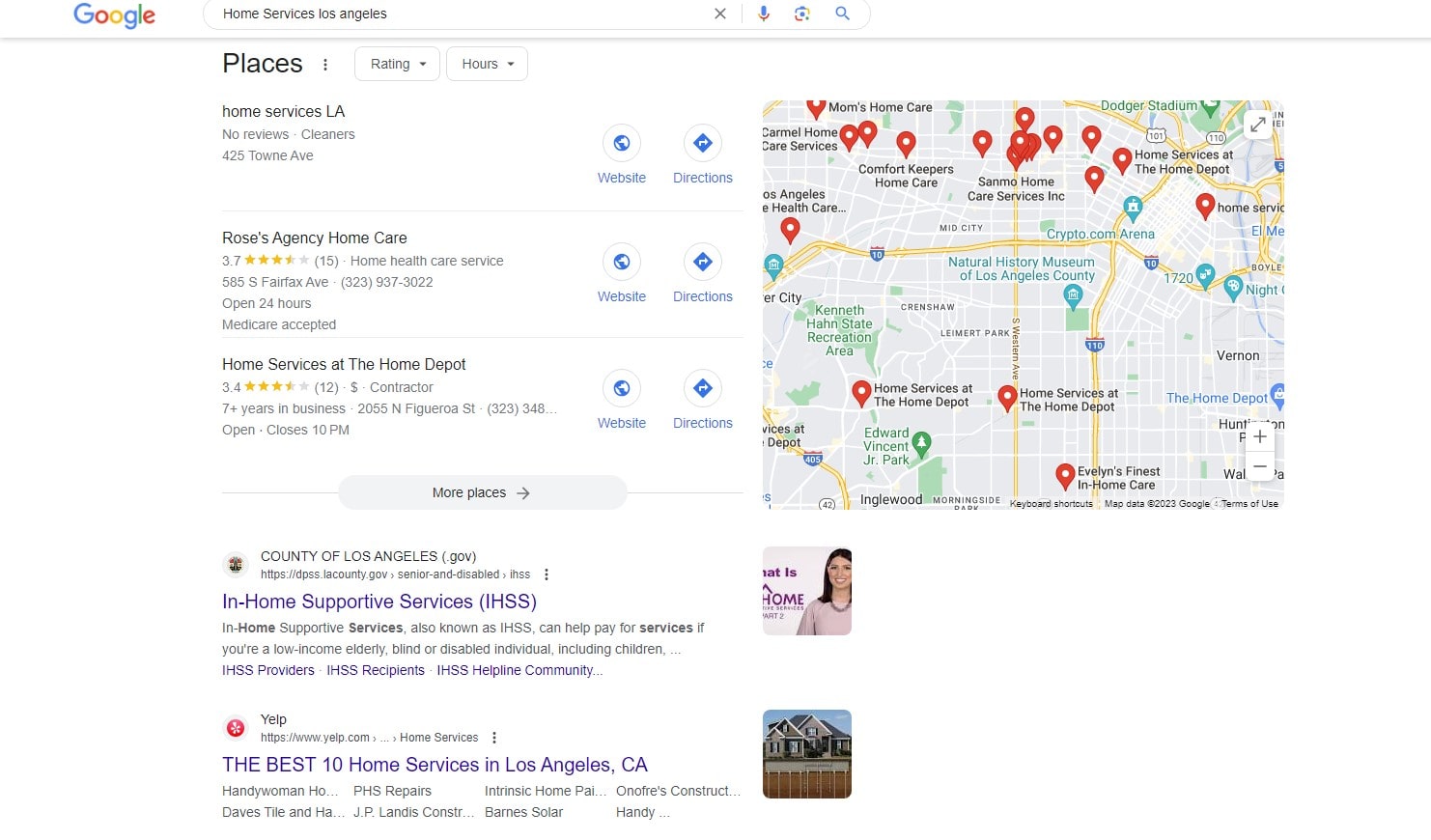
In today’s digital landscape, small businesses often compete with larger entities for customer attention. Local SEO stands out as a vital tool for leveling the playing field. By optimizing their digital strategies, small businesses can gain significant traction in local searches, ensuring they stand toe-to-toe with bigger competitors.
For instance:
– A mom-and-pop coffee shop can draw in more foot traffic by highlighting specialty brews and their neighborhood history.
– An independent bookstore can showcase unique author events, making them a go-to hub for literature enthusiasts.
Benefits of Local SEO for Small Businesses:
- Boosts online visibility among local consumers.
- Drives targeted traffic based on regional interests.
- Enhances engagement with timely and relevant content.
- Increases the chance of converting online searches into offline purchases.
The bottom line? For businesses aiming to thrive locally, implementing sharp SEO tactics can mean the difference between fading into the background and being the talk of the town. With the right tips and strategies, your small business can stand out, cultivate loyal customer relationships, and ultimately, increase revenue. From specialized boutiques to community diners, local SEO may make or break your business.
Evolution of Local SEO Strategies from Past Years
Local SEO has undergone remarkable transformations over the years, adapting to shifts in consumer behavior and technology. Initially, businesses could rely on simple keyword stuffing and directory listings to achieve some semblance of local prominence. However, the landscape of local SEO gradually expanded, demanding more finesse and strategy.
Specifically:
- Keyword Evolution: Earlier, a bakery might bank on generic terms like “cakes” or “pastries”. Today, they might lean into “gluten-free bakery in Downtown Boston” for more targeted reach.
- Rise of Mobile: As smartphones became ubiquitous, businesses had to optimize for mobile searches. The auto repair shop that catered to desktop users found it essential to cater to on-the-go mobile users searching for “urgent tire repair nearby”.
- Emphasis on Reviews: Quality reviews once played a backseat role. Nowadays, they drive the narrative, with businesses actively courting positive feedback.
Shifts in Local SEO Tactics:
- Embracing voice search optimization due to the surge in smart speakers.
- Focusing on hyper-local targeting, narrowing down to specific neighborhoods.
- Incorporating localized content, such as blogs or videos, spotlighting community events or stories.
These shifts underscore the dynamic nature of local SEO. As the digital ecosystem grows, businesses need to stay nimble, tweaking their approaches and adopting contemporary tips to ensure sustained local visibility. Through it all, local SEO remains a pivotal avenue for businesses to engage, connect, and thrive within their communities.
List of 10 Best Local SEO Tips For Small Business
Diving into “Local SEO for Small Business: Best 10 Tips in 2023” feels like striking gold in the digital age. This treasure trove of insights doesn’t just scratch the surface but offers deep dives into the nitty-gritty of local SEO that every savvy business owner should have up their sleeve. With a laser focus on actionable tips, it’s clear as day that mastering these strategies will be a feather in the cap for any small business eager to make waves in their local scene.
1. Optimize Your Google My Business (GMB) Listing
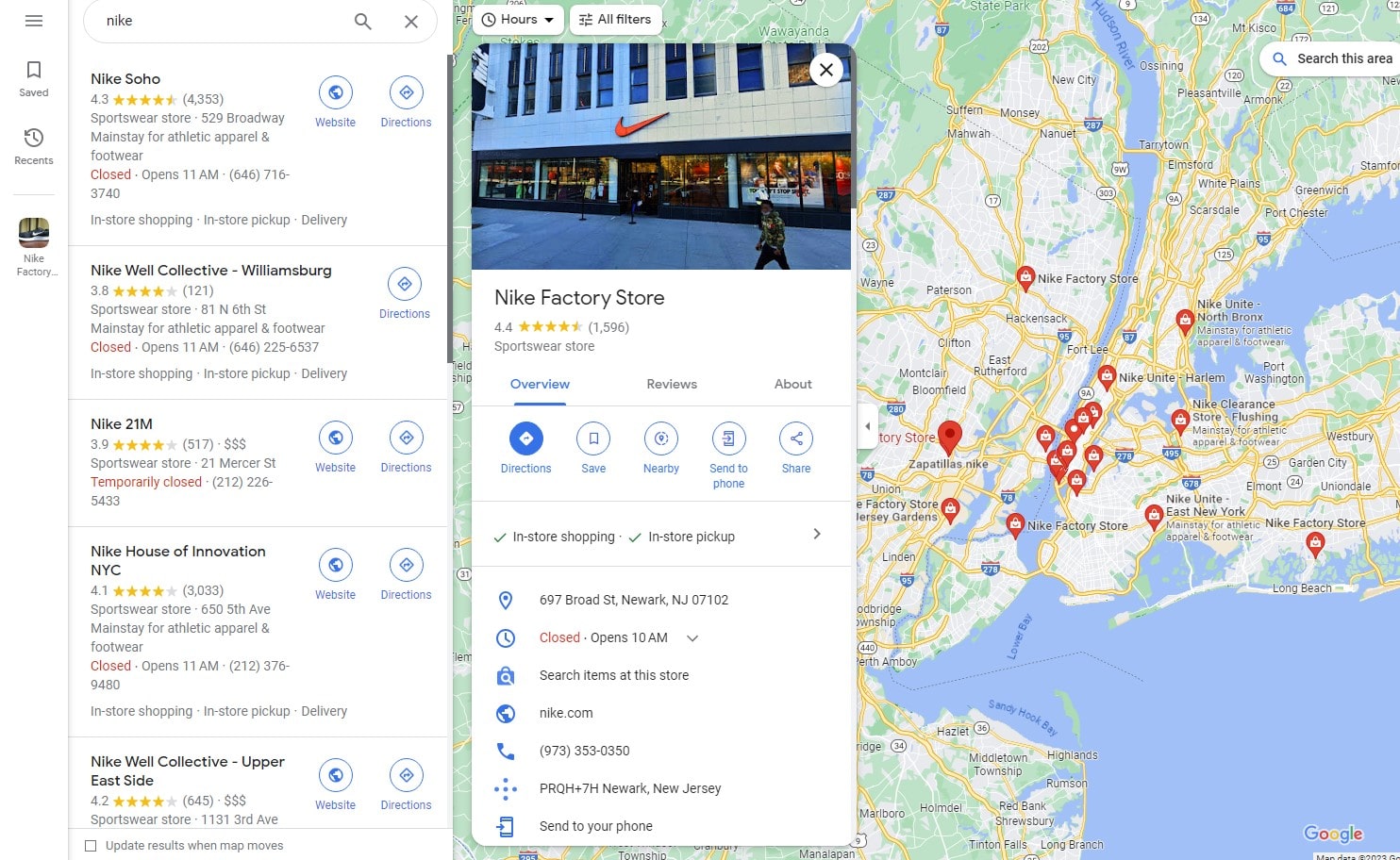
Optimizing your Google My Business (GMB) listing stands out as a cornerstone in the realm of local SEO. Whether you’re a cozy café or a bustling boutique, fine-tuning your GMB listing can set you apart in local searches. Imagine a pet groomer in Brooklyn—by sprucing up their GMB, they ensure that dog lovers nearby find them first, not their competitors.
GMB Optimization Tips:
- Accuracy is King: Keep your business name, address, and phone number consistent online.
- Hours of Operation: Regularly update to reflect holiday hours or any changes. This keeps customers in the loop.
- Visuals Matter: Upload high-quality images of your establishment, products, or services. For instance, a spa can entice visitors with serene ambiance shots.
- Engage with Feedback: Address reviews — both glowing and critical. This showcases commitment to customer satisfaction.
Deep GMB upgrades help businesses dominate local searches. When potential customers pull out their phones, searching for that perfect eatery or trusted mechanic nearby, an optimized GMB listing ensures you’re not just in the race — you’re leading the pack. By leveraging these tips, businesses can maximize visibility, boost credibility, and ultimately, drive more foot traffic through their doors.
2. Encourage and Respond to Online Reviews
In the digital landscape where consumers wield considerable power, online reviews have become a pivotal component of local SEO. Businesses, from artisanal bakeries to boutique fitness studios, tap into the potential of these digital endorsements to bolster their online reputation. When a local craftsman receives glowing testimonials about bespoke furniture pieces, it not only affirms the quality of craftsmanship but also boosts SEO rankings.
Strategies to Foster and Address Reviews:
- Spotlight Incentives:Offer discounts or freebies to customers who leave feedback. For instance, a local café might give away a complimentary pastry for every review.
- Engage Actively: Whether praise or criticism, acknowledge every review. When a diner raves about a pizzeria’s signature thin crust, a thankful nod goes a long way.
- Utilize Social Platforms: Share standout reviews on social media, amplifying positive feedback.
- Establish Transparency: Should there be negative feedback, address it head-on. A beauty salon receiving feedback on long wait times can respond with measures they’re taking to enhance the experience.
Tapping into the potential of online reviews isn’t just about numbers—it’s about building trust, fostering loyalty, and creating an open dialogue with patrons. Businesses that master the art of harnessing reviews find themselves better positioned, resonating more profoundly in the local market, and consistently driving enhanced results.
3. Make Sure Your NAP (Name, Address, Phone Number) is Consistent Across All Platforms
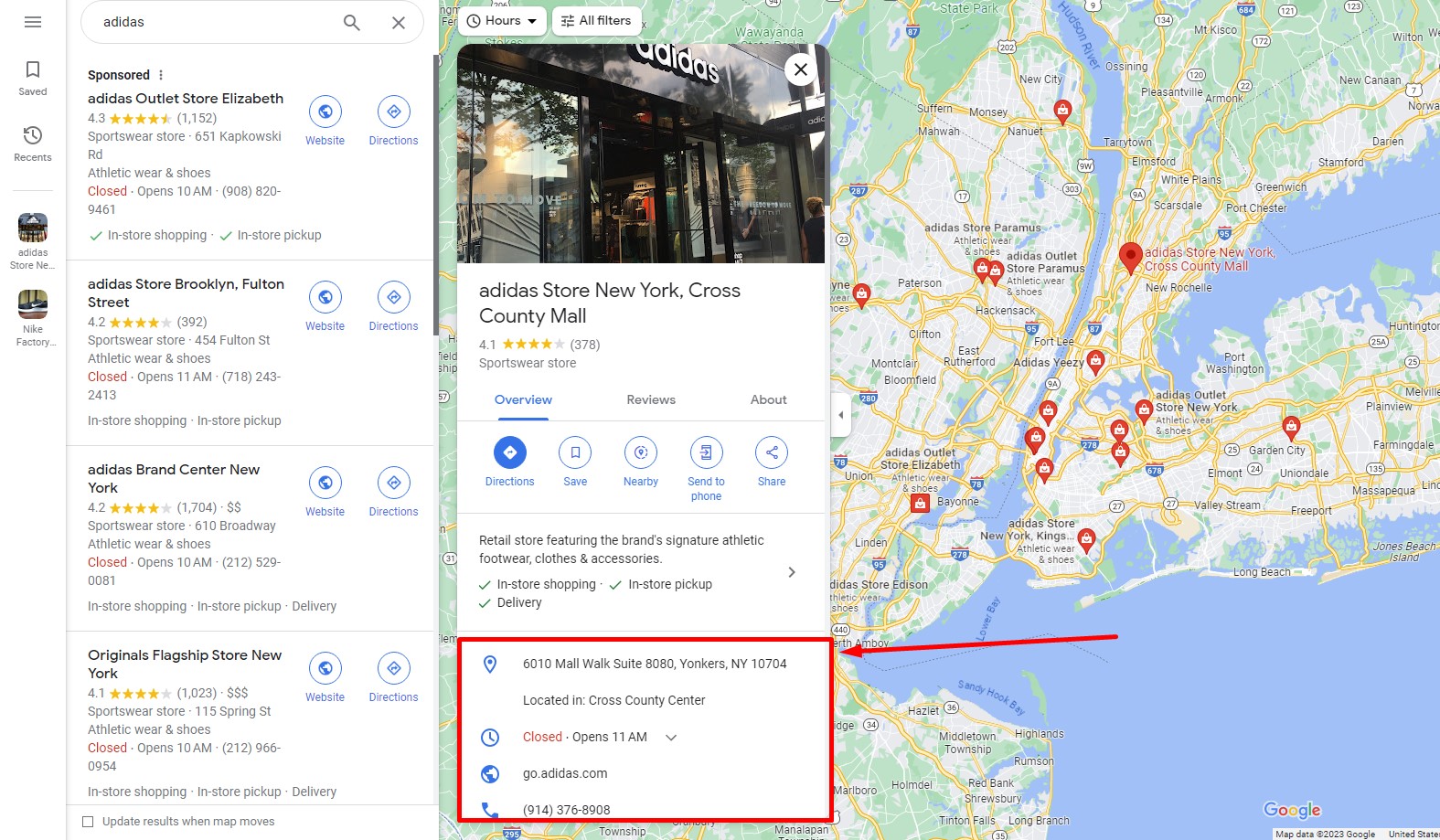
In the vast digital marketplace, even the smallest inconsistencies can trip up a business. Take the essential trifecta of Name, Address, and Phone Number (NAP). Ensuring your NAP remains consistent across all platforms is a linchpin in local SEO success. Suppose a charming bed and breakfast in Vermont has varied phone numbers across different listings. This inconsistency can muddy the waters, leaving potential guests befuddled and turning to competitors.
Steps to Nail NAP Consistency:
- Audit Current Listings: Dive deep into every platform — from Yelp to local directories. Correct any discrepancies right away.
- Adopt a Standard Format: Decide on a universal format. If your bakery on “St.” George Street lists as “Saint” George on another platform, you’ve got a hitch to address.
- Tap into NAP Management Tools: Use tools designed for business listings. They help maintain uniformity and catch any deviations.
- Update Proactively: Relocating your yoga studio or changing your hotline? Act immediately to reflect changes everywhere.
A uniform NAP not only offers clarity to potential customers but also builds trust. Imagine the frustration of a user trying to reach out to a seaside restaurant for reservations, only to grapple with mismatched contact details. By locking down NAP consistency, businesses can sidestep such pitfalls, fortify their local SEO, and offer seamless experiences to their clientele, turning casual browsers into loyal patrons.
4. Invest in High-Quality Local Content
When carving out a digital footprint, businesses often underestimate the dynamism that local content brings to their brand narrative. Infusing your online space with high-quality local content doesn’t just enhance your brand’s relatability but also pushes you up the SEO ladder. Think about a coffee shop in Austin writing about the history of local coffee culture, or a bookstore in Portland highlighting regional authors.
Hallmarks of Top-Notch Local Content:
- Authenticity: Stories rooted in local experiences resonate deeply. For instance, a Florida surf shop sharing tales of legendary waves hits differently than generic surf content.
- Regular Updates: Ensure fresh content rolls out consistently. A Nashville music store could spotlight emerging local artists monthly.
- Engaging Visuals: Pair content with striking local images. A Santa Fe gallery, for instance, might post vivid snapshots of local art festivals.
- Collaborate with Local Influencers: Partnering with community figures amplifies reach. A San Diego gym might host a local fitness influencer for a workshop and blog about the experience.
By investing in content that mirrors local vibes, businesses foster a connection that transcends transactions. It’s about building a community, anchoring your brand to cherished local memories and experiences. For businesses ready to roll up their sleeves and delve deep into their locality’s heartbeat, the rewards in brand loyalty and SEO prominence are immense.
5. Optimize for Voice Search

Voice search optimization is no longer a futuristic concept but a fundamental part of modern SEO strategies. As smart speakers become household staples and voice-assist apps grow ubiquitous, businesses need to adapt or risk falling behind. Consider a user asking Siri for the best vegan ice cream shops in Brooklyn. Without voice search optimization, even the most reputable parlors might slip through the cracks.
Voice Search Best Practices:
- Conversational Keywords: Unlike traditional searches, voice queries are more natural. A local gym in Boston might target “Where’s a good gym near the harbor?” instead of just “Boston harbor gym.”
- Detailed Business Information: Ensure your business hours, services, and location specifics are updated. A Detroit pizzeria offering gluten-free crusts should highlight this niche offering.
- Mobile Optimization: Users often voice search on the go. A seamless mobile experience can drive a Los Angeles user asking about organic cafes straight to your doorstep.
- Local Content Matters: Craft content that answers common local queries. A Seattle-based hiking gear store might offer insights on preparing for local trails.
Tapping into voice search optimization weaves your business into daily conversations. From Phoenix to Miami, the local market dynamics change, but the rise of voice-activated queries remains a constant. Businesses that lean into this trend not only cater to modern users but also set themselves apart in the intricate dance of local SEO.
6. Focus on Mobile Optimization
Mobile optimization stands as a cornerstone for any business aiming to dominate local search. Gone are the days when desktop browsing held sway. Now, people whip out their smartphones, searching for local eats in Nashville or artisanal shops in Portland. If your site doesn’t measure up on mobile, you’re handing the advantage to competitors.
Cornerstones of Mobile Optimization:
- Responsive Design: Your website should adjust seamlessly across various devices, ensuring a Chicago bakery’s website looks scrumptious on both iPhone and Android.
- Speedy Load Times: Nobody likes to wait. A boutique in Houston might lose potential shoppers if its vibrant product images take ages to display.
- Intuitive Navigation: Simple, clear pathways help visitors. A San Diego surf shop, for example, should have easy tabs for both rentals and purchases.
- Clickable Elements: Buttons must be easy to tap. Imagine a spa in Denver with a reservation button so small that customers give up in frustration.
Investing in mobile optimization guarantees a smooth user experience. From New Orleans jazz bars to Silicon Valley start-ups, the focus is clear: serve mobile users with the precision they’ve come to expect. Businesses remain at the forefront of client choices by establishing themselves in the local landscape. In the ever-evolving dance of local SEO, those who prioritize mobile aren’t just keeping step – they’re leading the way.
7. Build Quality Local Backlinks
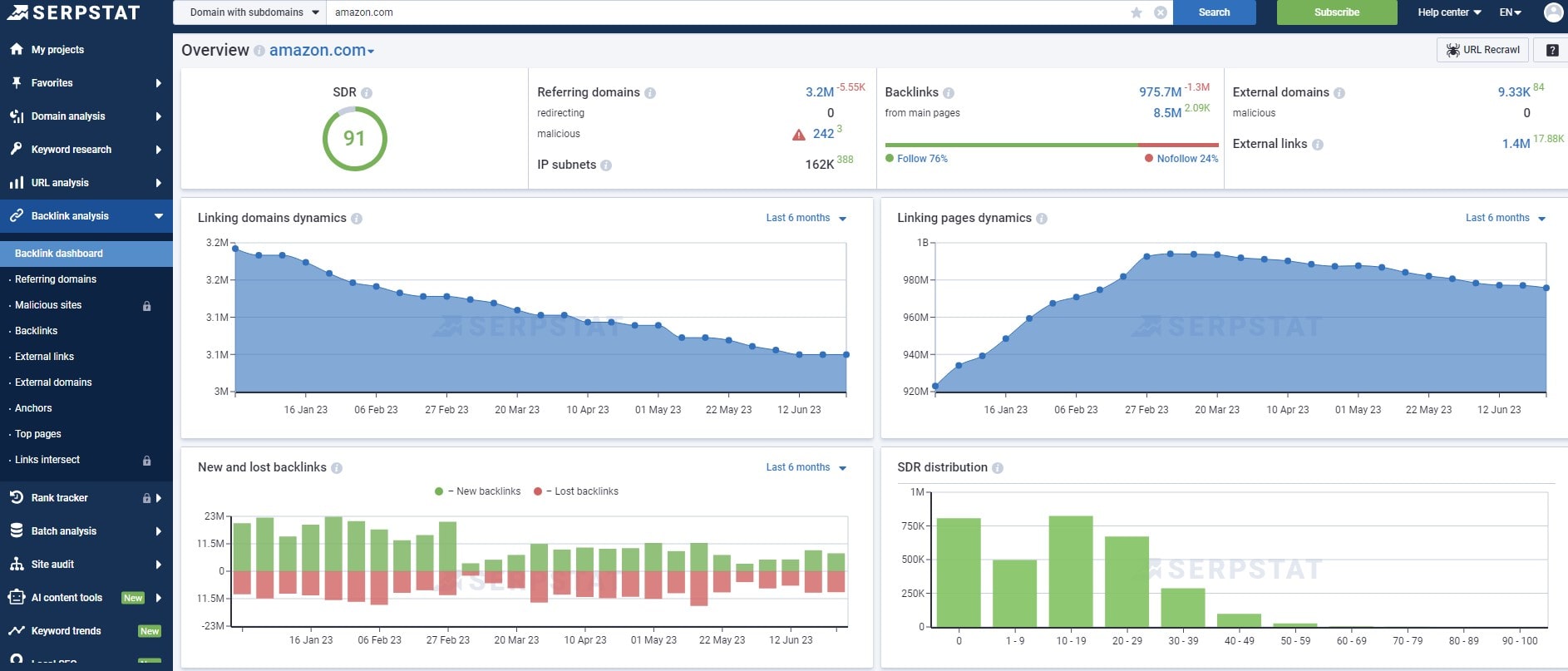
Building local backlinks, while sometimes overlooked, is a powerhouse move for businesses aiming to stake their claim in local SEO. Think of it this way: a renowned coffee shop in Seattle earns a mention on a popular Portland blog – that’s not just flattery, it’s digital gold.
Strategies to Earn Stellar Local Backlinks:
- Local Partnerships: Collaborate with neighboring businesses. An Orlando gym could team up with a nearby juice bar, creating content that benefits both.
- Sponsor Local Events: By sponsoring events, a Miami bookstore might get backlinks from event pages or local news outlets covering the happenings.
- Offer Testimonials: A San Antonio tech company might write testimonials for suppliers, often rewarded with a backlink on the supplier’s site.
- Engage in Local PR: Get covered in local stories. A Sacramento florist’s unique bouquet design might catch the attention of regional magazines or blogs.
By pulling in quality local backlinks, businesses don’t just beef up their SEO metrics – they embed themselves deeper within the fabric of their community. It’s all about leveraging genuine relationships and activities in the physical realm to bolster digital credibility. In the world of local SEO, where trust and credibility run the show, quality backlinks act as endorsements, pushing businesses into the limelight they rightly deserve.
8. Utilize Schema Markup
Diving deep into local SEO, one can’t sidestep the importance of Schema Markup. When correctly implemented, Schema Markup tells search engines precisely what your content means, not just what it says – giving you the edge in search results.
Local Business Schema Markup Benefits:
- Spotlight Services: A Chicago-based spa can highlight specific treatments, pulling in clientele who are specifically after hot stone massages or detox facials.
- Showcase Reviews: A Dallas diner with rave reviews can proudly display their star ratings, tempting locals and tourists alike.
- Boost Event Visibility: An upcoming jazz night at a New Orleans lounge becomes discoverable when it pops up in relevant search queries.
- Emphasize Location: By specifying your Austin tech store’s precise location, you cut down the legwork for customers – directing them straight to your front door.
For businesses looking to dominate local searches, Schema Markup is more than simply an SEO tip. By laying out the breadcrumbs for search engines, businesses ensure they catch the attention of their target audience without breaking a sweat. And in the bustling digital marketplace, standing out with clarity can make all the difference between a casual site visitor and a loyal customer.
9. Monitor and Analyze Local SEO Performance
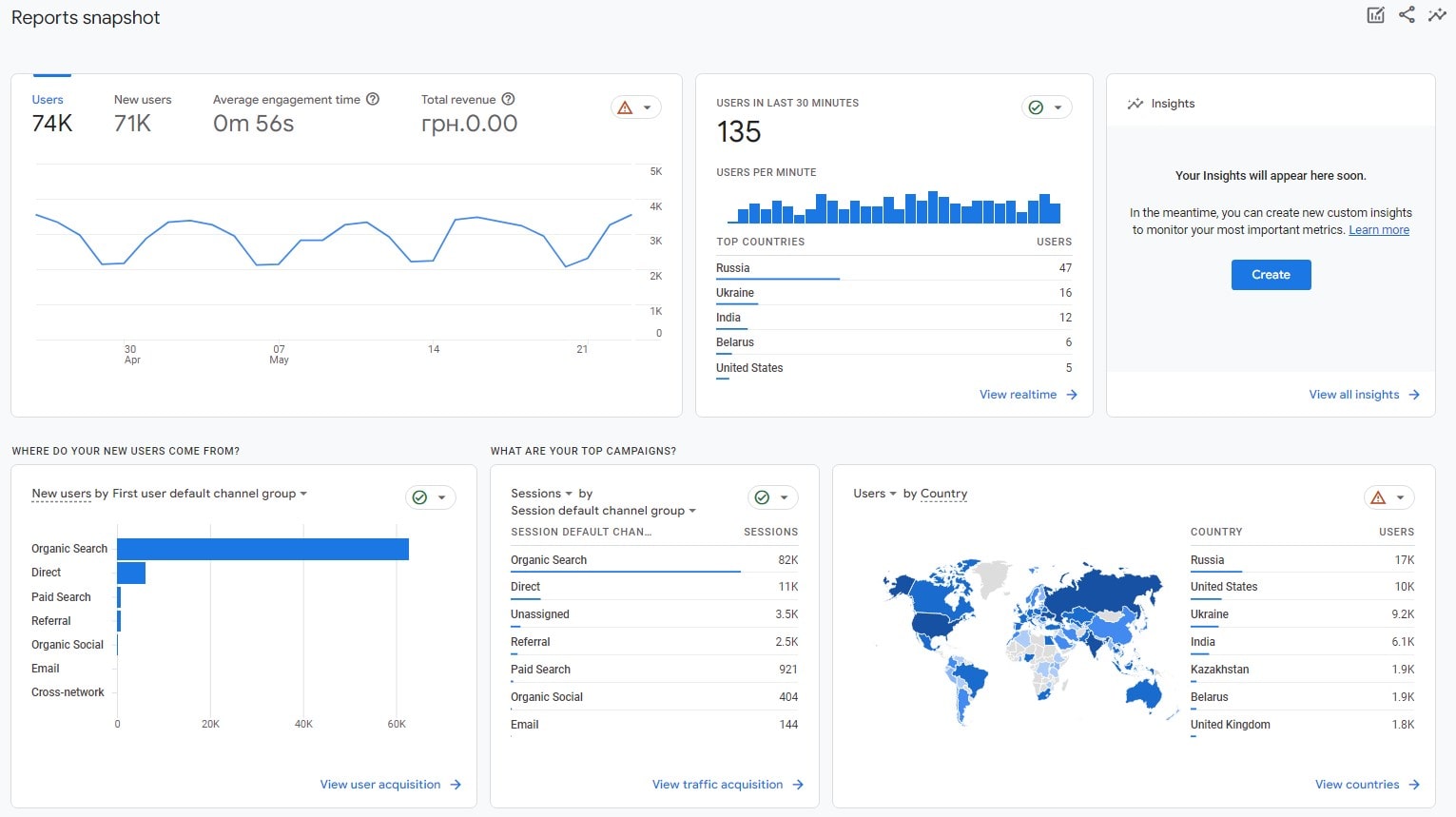
Diving deep into local SEO means not just setting up strategies but also keeping an eagle’s eye on their performance. By continuously monitoring and analyzing, businesses can tweak their approach, ensuring they always stay on top of local digital trends.
Ways to Keep Tabs on Local SEO Performance:
- Track Organic Traffic: Witness how many visitors find your Chicago pizzeria via search engines.
- Measure Conversion Rates: Observe the percentage of Seattle boutique visitors who end up making a purchase.
- Observe Local Pack Rankings: Keep up with how often your Boston gym appears in the coveted Google local pack.
- Assess Review Sentiments: Gauge public opinion for your Austin coffee shop, making improvements based on feedback.
Harnessing these metrics empowers businesses to pivot when needed, ensuring they remain competitive and in tune with their local audience’s needs. By intertwining the finesse of business acumen with meticulous local SEO practices, establishments can thrive, adapting and flourishing as local digital landscapes evolve. Monitoring and analysis aren’t just tasks; they’re the cornerstone of a robust and agile local SEO approach. With consistent attention and timely adjustments, businesses position themselves for sustained local success.
10. Engage with the Local Community through Social Media
Harnessing social media’s power not only bolsters your online visibility but also solidifies your bond with the local community. Dive into platforms like Instagram, Twitter, or Facebook and build bridges with local audiences craving genuine connections.
Tips for Engaging with Local Communities:
- Spotlight Local Events: If a Miami beach cleanup is on the horizon, promote it on your platforms, perhaps even offering discounts to participants.
- Collaborate Locally: Team up with an Atlanta-based coffee shop for a weekend promo. Cross-promote each other, driving traffic both ways.
- Show Behind-The-Scenes: Give a sneak peek of your San Francisco bakery’s morning routines, letting customers experience the fresh-baked magic.
- Share Local News: Celebrate community wins, like a Portland farmer’s market getting recognition, solidifying your image as a local enthusiast.
By weaving your business into the community’s digital fabric, you position yourself as more than a mere establishment. You become an integral community member, genuinely invested in local happenings. This engagement strategy, combined with solid SEO practices, ensures not only a boost in local recognition but also the trust and loyalty of your community. The digital age calls for more than just transactional relationships; it urges businesses to become local advocates and community frontrunners.
Conclusion
In wrapping up the 2023 guide for small businesses striving for local SEO dominance, let’s underscore the imperative actions to take. The digital landscape, ever-shifting, requires businesses to persistently refine their tactics and approach. Stated plainly, your identity in the digital space is anchored in robust local SEO practices. Titles, headers, descriptions – every component plays a pivotal role in ensuring you rank prominently in search results. ? Every click counts, and those clicks translate into potential profits. It’s essential to leverage tools like Plerdy for in-depth SEO & UX analysis. With such tools, businesses can view real-time analytics, ensuring that their strategies align with user behaviors and preferences. ? Always ensure your content is fresh and relevant, standing out amidst the vast sea of competitors. Moreover, platforms like LinkedIn offer an excellent area to promote your brand and network with professionals. Remember, executing a comprehensive SEO plan with consistency and precision is the real key. Dive into this actionable information and let it guide your venture to digital success! ⚡?
